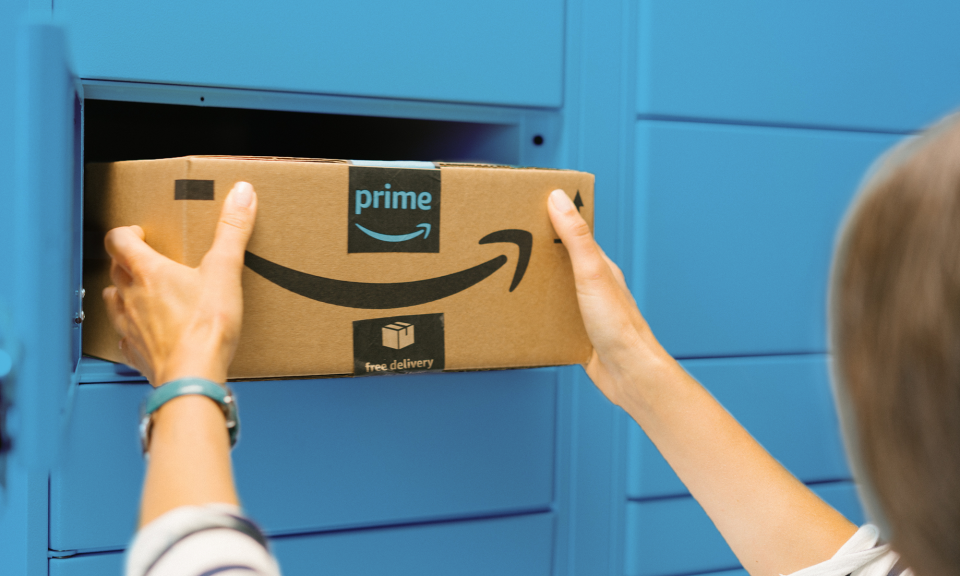Investors try to pick winning stocks that can put up strong returns over long periods of time. In the past couple of decades, the tech and internet sectors have been a hotbed for these opportunities.
Just look at Amazon (NASDAQ: AMZN). Since its initial public offering in May 1997, the e-commerce and cloud computing giant has posted a remarkable return of 190,000%. This would have turned a $1,000 cash investment into a whopping $1.9 million today. An equal investment in either the S&P 500 or the Nasdaq Composite index would’ve resulted in a much smaller gain.
Let’s look back at this “Magnificent Seven” stock’s path to becoming one of the most dominant enterprises on the planet, as well as some important factors when contemplating whether Amazon is worthy of your investment dollars today.
Amazon’s unbelievable ascent
Jeff Bezos founded Amazon in Seattle in 1994 with the sole intention of figuring out how to sell books online. The business hit the public markets just three years later. In 1997, Amazon generated just $148 million of revenue. Its market cap at the end of that year was $1.4 billion.
Fast-forward 27 years, and this business has proven to be one of the most prominent success stories in corporate America. In 2023, Amazon raked in a jaw-dropping $575 billion in revenue. And the company is worth $1.9 trillion.
But how did this business expand so much over the years to get to this point? The credit goes to Bezos and his executive team.
Amazon transitioned from selling just books online to selling millions of items in what seems to be an unlimited number of different product categories. The website is so popular that it drew 4.3 billion visitors in March. According to Statista, 38% of all online spending in the U.S. goes through Amazon.
The business has invested heavily on building its logistics infrastructure over the years, now being able to provide fast and free shipping in a cost-effective manner rivals can’t compete with. Consequently, Amazon has become a platform for other direct-to-consumer companies to build upon and grow their own operations.
This strategy of turning what was initially a huge cost center into a revenue driver also applies to Amazon Web Services (AWS). This industry-leading cloud computing platform handled the data and technological needs of the company’s burgeoning e-commerce operation. Then Bezos and his team realized that maybe there were other entities that would value this type of back-end on-demand infrastructure.
Last year, AWS recorded $91 billion of annual revenue and $25 billion of operating income. And its customer list includes large companies like Capital One Financial, Toyota Motor, and State Farm.
Besides online shopping and the cloud, Amazon has one of the top streaming services on the market with Prime Video. And the business generated $47 billion of digital ad revenue in 2023, putting it behind only Alphabet and Meta Platforms in the U.S. This impressive track record makes one wonder what’s next in store for Amazon.
Should you buy Amazon stock?
Based strictly on the company’s scale, as demonstrated by revenue base and current market cap, it’s reasonable to assume that Amazon won’t put up anything close to the returns it has historically. There simply aren’t growth opportunities big enough to significantly move the needle for this colossal enterprise.
That doesn’t mean you should avoid the stock, though. It trades at a price-to-sales (P/S) ratio of 3.4. That’s more than double the valuation Amazon sold for around the start of 2023. But I think investors should still consider buying shares.
The current P/S multiple is slightly more expensive than the stock’s trailing-10-year average. For that price, investors would gain exposure to a business that is a leader in multiple industries and that has a major player in the AI wars with AWS. Amazon shares might still be able to provide a boost for your portfolio in the years ahead.
Should you invest $1,000 in Amazon right now?
Before you buy stock in Amazon, consider this:
The Motley Fool Stock Advisor analyst team just identified what they believe are the 10 best stocks for investors to buy now… and Amazon wasn’t one of them. The 10 stocks that made the cut could produce monster returns in the coming years.
Consider when Nvidia made this list on April 15, 2005… if you invested $1,000 at the time of our recommendation, you’d have $540,321!*
Stock Advisor provides investors with an easy-to-follow blueprint for success, including guidance on building a portfolio, regular updates from analysts, and two new stock picks each month. The Stock Advisor service has more than quadrupled the return of S&P 500 since 2002*.
See the 10 stocks »
*Stock Advisor returns as of April 15, 2024
Suzanne Frey, an executive at Alphabet, is a member of The Motley Fool’s board of directors. John Mackey, former CEO of Whole Foods Market, an Amazon subsidiary, is a member of The Motley Fool’s board of directors. Randi Zuckerberg, a former director of market development and spokeswoman for Facebook and sister to Meta Platforms CEO Mark Zuckerberg, is a member of The Motley Fool’s board of directors. Neil Patel and his clients have no position in any of the stocks mentioned. The Motley Fool has positions in and recommends Alphabet, Amazon, and Meta Platforms. The Motley Fool has a disclosure policy.
1 Stock That Turned $1,000 Into Nearly $2 Million was originally published by The Motley Fool
Credit: Source link




